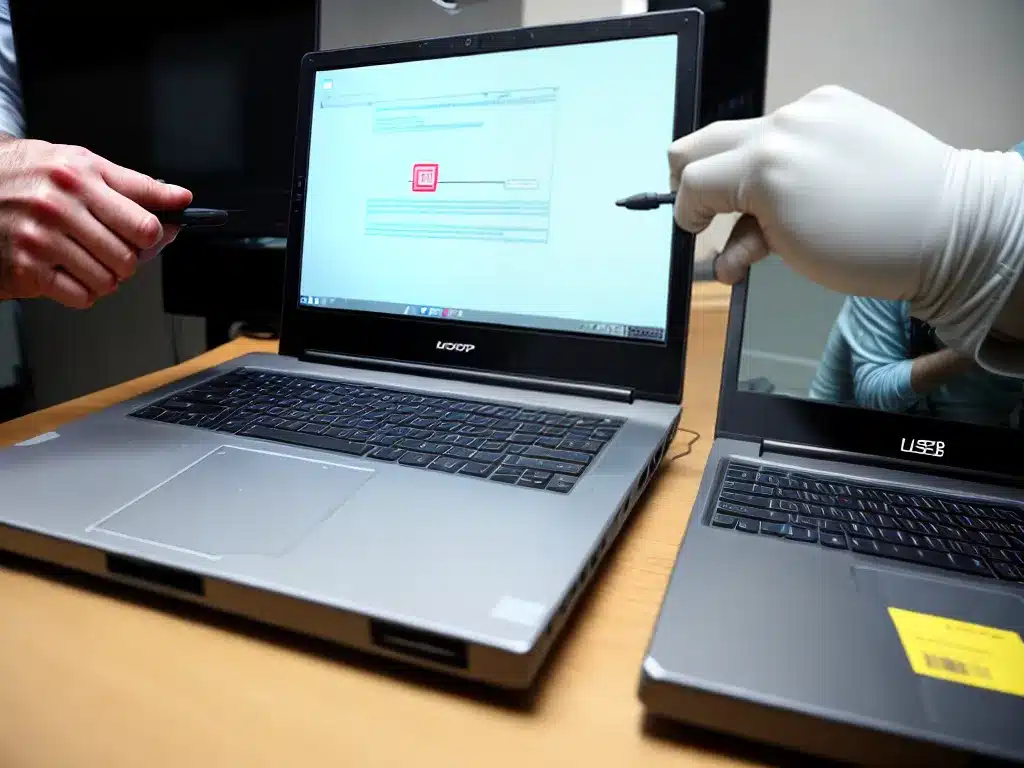
A slow laptop can be extremely frustrating. As someone who relies on my laptop daily, I know the pain of waiting forever for programs to load or webpages to render. Don’t worry – in most cases, the issue can be resolved with some troubleshooting and tweaks. Here’s my guide on how to speed up a slow laptop:
Diagnose the Issue
The first step is to figure out what exactly is causing your laptop to run slowly. Here are some potential culprits to investigate:
Check Task Manager for Resource Hogs
Open up Task Manager by pressing Ctrl+Shift+Esc. Go to the “Processes” tab and sort by CPU usage. See if any application is taking up a high percentage of CPU. Browsers, bloated programs, or malware could be bogging things down.
Low RAM
4GB of RAM or less is usually insufficient these days, especially if you multitask and have lots of browser tabs open. Upgrade to 8GB or 16GB if you can.
Full Storage
Open File Explorer and check your disk space under This PC. If your C: drive is nearly full, your laptop will slow down. Free up space or add an external hard drive.
Fragmented Hard Drive
Defragmenting your hard drive optimizes file storage. Do this by going to the Optimize Drives tool.
Overheating Issues
Dust buildup and poor airflow lead to overheating. Use compressed air to clean out vents. Also elevate your laptop when using it.
Outdated Hardware/Software
Old components struggle with newer operating systems and software. Upgrade RAM/CPU or do a clean install of Windows if needed.
Optimize Windows
Windows itself can be tweaked and optimized to run faster:
Disable Visual Effects
Visual effects like animations use up resources. Go to System > Advanced System Settings > Performance Settings and choose “Adjust for best performance”.
Uninstall Bloatware
Uninstall any unnecessary manufacturer programs and Windows features you don’t use, like Cortana.
Adjust For Best Performance
Changing power settings to “High Performance” prevents your CPU from throttling. Do this by going to Control Panel > Power Options.
Run Disk Cleanup
Right-click your C: drive and choose Properties > Disk Cleanup. Delete temporary files and thumbnails.
Disable Startup Programs
Too many startup programs slow down boot time. Disable unnecessary ones in Task Manager > Startup tab.
Stop Superfetch, Windows Search
Some Windows services like Superfetch and Windows Search aren’t necessary and hog resources. Stop them by opening an admin command prompt and running:
sc stop Superfetch
sc stop WSearch
Software and Browser Fixes
Also optimize the programs running on your laptop:
Update Device Drivers
Outdated drivers can hamper performance. Go to Device Manager and update any drivers marked with yellow exclamation icons.
Disable Browser Extensions
Browser add-ons/extensions use extra memory. Disable unnecessary ones.
Scan for Malware
Run a full system scan using Windows Defender or third-party software to remove malware.
Update/Reinstall Programs
If certain apps are freezing or crashing, update them or do a clean reinstall.
Clear Browser Cache
A bloated browser cache slows things down. Clear it regularly in your browser settings.
Add More RAM
Consider upgrading RAM if you consistently have high memory usage. Adding more RAM speeds things up.
Replace Hard Drive with SSD
Replacing a traditional hard disk with a solid state drive (SSD) drastically improves speed and performance.
Last Resort: Do A Clean Install
If you’ve tried everything else with no improvement, doing a clean install of Windows will give you a fresh start. Back up your data and choose the “Remove everything” option when reinstalling Windows.
With some targeted troubleshooting and tweaks, you can get your laptop running like new again. Let me know if the issues persist after trying these optimizations!












